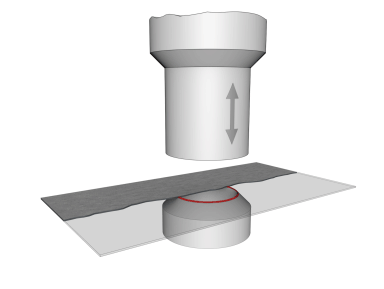
Cutting and sealing are performed and completed at the same time
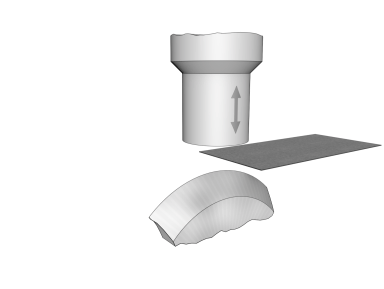
Cutting and sealing are performed and completed simultaneously with a center edge cutting
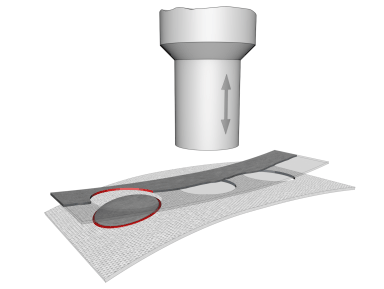
Cut and weld different polymers and substrate materials with high-quality cutters
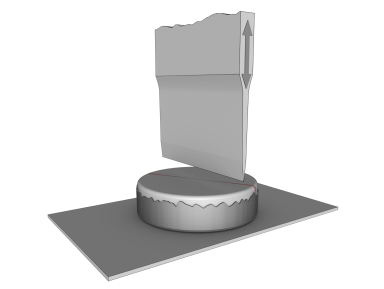
Ultrasonic cuts products accurately and quickly with minimal resistance through high-speed vibration, and achieves no residue
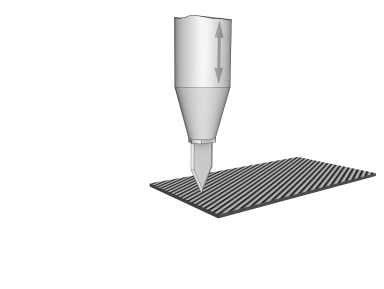
The ultrasonic vibration will be transmitted to the installed cutting blade by means of the welding head. In this way, different materials such as carbon fiber or rubber products can be cut cleanly. The special hard metal blade can easily cut through the welded parts, resulting in a perfect cutting surface